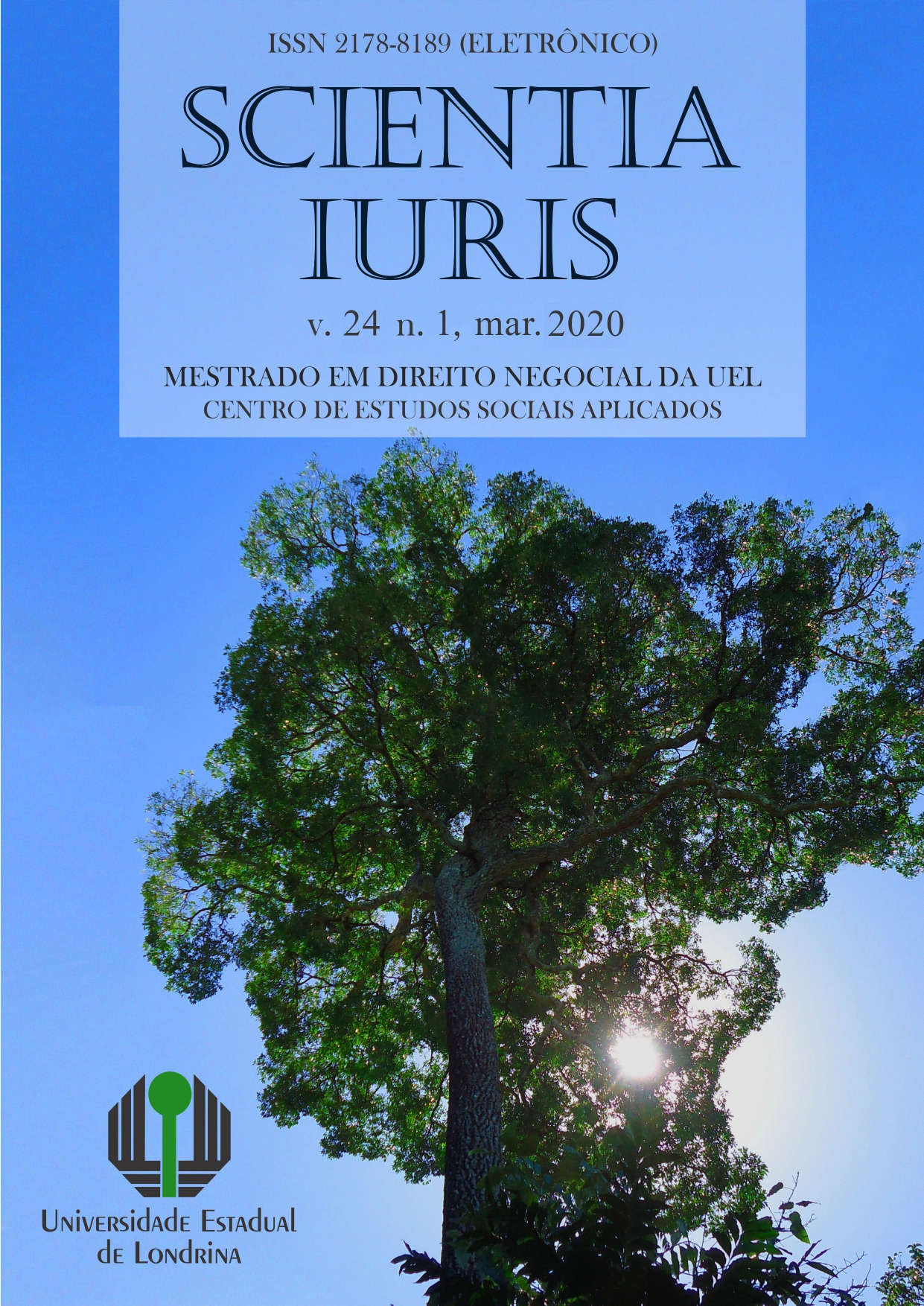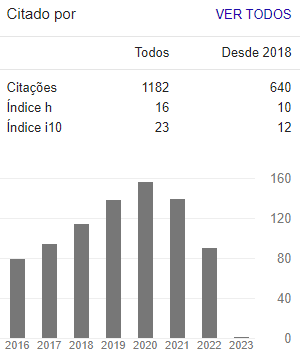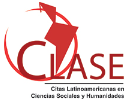Compliance fiscal: diminuição de riscos e aumento de competitividade no mundo corporativo
DOI:
https://doi.org/10.5433/2178-8189.2020v24n1p78Palavras-chave:
Compliance, Compliance Fiscal, Eficiência, CompetitividadeResumo
Os programas de compliance são cada vez mais difundidos, especialmente no âmbito do setor privado, permitindo-se que as organizações se coloquem em conformidade com questões jurídicas e consequentemente haja gradativo aumento na eficiência. O objetivo do presente artigo é analisar o compliance, em especial o inserido no âmbito fiscal, na perspectiva do ordenamento jurídico nacional, além de verificar os impactos da adoção desses mecanismos como forma de ganho de competitividade, sendo utilizado o método dedutivo de pesquisa, com coleta de bibliografia temática. Conclui-se que a prática da conformidade, em especial o compliance fiscal, figura-se instrumento fundamental à minimização de riscos e aumento da competitividade, especialmente pelo ganho de confiabilidade de ambiente pautado na integridade e na segurança de investimentos.Downloads
Downloads
Publicado
Como Citar
Edição
Seção
Licença
Copyright (c) 2022 Scientia Iuris

Este trabalho está licenciado sob uma licença Creative Commons Attribution 4.0 International License.
Autores que publicam nesta revista concordam com os seguintes termos:
a) Os(as) autores(as) mantêm os direitos autorais e concedem à revista o direito de primeira publicação, sendo o trabalho simultaneamente licenciado sob a Creative Commons Atribuição 4.0 Internacional, permitido o compartilhamento do trabalho com reconhecimento da autoria do trabalho e publicação inicial nesta revista.
b) Os(as) autores(as) têm autorização para assumir contratos adicionais separadamente, para distribuição não-exclusiva da versão do trabalho publicada nesta revista (ex.: publicar em repositório institucional ou como capítulo de livro), com reconhecimento de autoria e publicação inicial nesta revista.
c) Autores têm permissão e são estimulados a publicar e distribuir seu trabalho em linha (ex.: em repositórios institucionais ou na sua página pessoal) após o processo editorial, já que isso pode gerar alterações produtivas, bem como aumentar o impacto e a citação do trabalho publicado (Veja O Efeito do Acesso Livre).
d) Os(as) autores(as) dos trabalhos aprovados autorizam a revista a, após a publicação, ceder seu conteúdo para reprodução em indexadores de conteúdo, bibliotecas virtuais e similares.
e) Os(as) autores(as) assumem que os textos submetidos à publicação são de sua criação original, responsabilizando-se inteiramente por seu conteúdo em caso de eventual impugnação por parte de terceiros.
A revista se reserva o direito de efetuar, nos originais, alterações de ordem normativa, ortográfica e gramatical, com vistas a manter o padrão culto da língua e a credibilidade do veículo. Respeitará, no entanto, o estilo de escrever dos autores. Alterações, correções ou sugestões de ordem conceitual serão encaminhadas aos autores, quando necessário. Nesses casos, os artigos, depois de adequados, deverão ser submetidos a nova apreciação. As provas finais não serão encaminhadas aos autores. Os trabalhos publicados passam a ser propriedade da revista, ficando sua reimpressão total ou parcial sujeita a autorização expressa da revista. Em todas as citações posteriores, deverá ser consignada a fonte original de publicação, no caso a Scientia Iuris. As opiniões emitidas pelos autores dos artigos são de sua exclusiva responsabilidade.



















